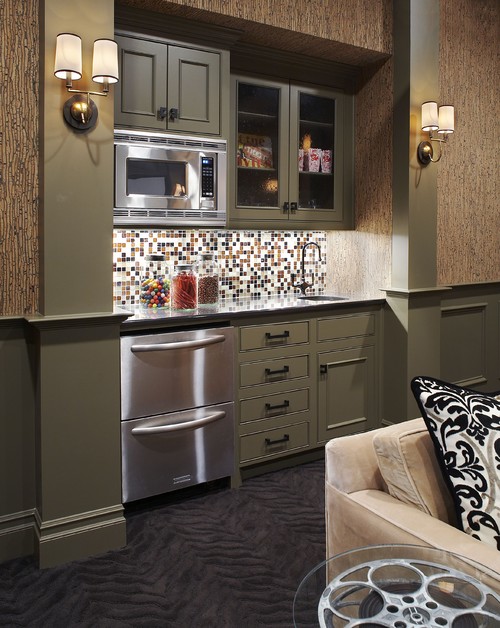A planned community is a housing development where the homes, roads, stores and other features are carefully designed and orchestrated to make living there as convenient and enjoyable as can be.
For instance: Shopping centers may be deliberately situated within walking distance of planned community homes, which are typically attached—condos, townhouses, apartments—to make travel by foot manageable. Trees and flowers are planted alongside most streets, along with hiking/biking trails. High-speed commuter rails whisk workers to nearby urban centers for their 9-to-5 jobs. There may even be village-wide Wi-Fi, to boot.
Contrast this with the ad hoc way communities are usually built: In many cases, a developer just plunks down row housing on a parcel of land nowhere near commercial districts, which means you’ll have to always grab your car keys for a carton of milk. Sometimes, luck or some modicum of forethought helps these neighborhoods turn out OK, but planned communities, by contrast, put plenty of, well, actual planning into that whole process.
History of planned communities
The first planned community in the United States—Riverside, just outside Chicago—was built in 1869 by Frederick Law Olmsted and Calvert Vaux, who designed New York City’s Central Park. Riverside, with its curved streets, ample greenery, and homes set at least 30 feet from the road, remains a beautiful and affluent community today, with a population of approximately 8,800. Large portions have even been designated National Historic Landmarks.

























































